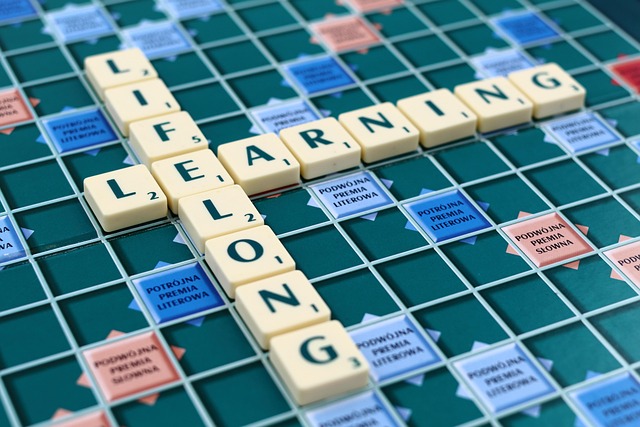Micro-assessments that track skill progression without disruption
Micro-assessments offer short, frequent checks that fit into regular lessons and remote study without breaking immersion. They provide targeted feedback on fluency, pronunciation, vocabulary, and conversation skills, using multimedia and adaptive prompts to encourage consistent practice and steady progress in a learner’s curriculum.

Micro-assessments are short, focused checks that measure specific skills—such as pronunciation, vocabulary recall, or conversational turns—without interrupting the flow of a lesson. By embedding tiny tasks into a regular curriculum, teachers and learners gain continuous feedback on progress and practice needs. These assessments can rely on microlearning principles to preserve immersion and engagement while collecting data that informs adaptive instruction and measurable progress.
How do microlearning checks support fluency?
Microlearning-style micro-assessments break fluency training into bite-sized activities that can appear inside lessons or as quick homework. Short timed speaking tasks, sentence completion, or brief listening comprehension items let learners practice and demonstrate fluency incrementally. Repeated exposure with spaced intervals builds automaticity, so learners show steady progress without long testing sessions. The result is ongoing practice that aligns with broader curriculum goals while maintaining classroom or self-study flow.
How are pronunciation and vocabulary evaluated?
Micro-assessments can target pronunciation with short repetition tasks, phoneme identification, or brief read-aloud prompts captured via audio. Automated analysis or teacher review provides immediate feedback on common error patterns. Vocabulary checks use quick matching, cloze sentences, or picture prompts to confirm active recall rather than passive recognition. Because items are narrow and focused, they detect specific gaps in pronunciation and vocabulary that feed directly into tailored practice plans and future lesson content.
Can assessments preserve immersion and conversation practice?
Yes. When designed carefully, micro-assessments are woven into conversation activities and immersion exercises rather than imposed as external tests. For example, a brief comprehension prompt after a streamed dialogue, a one-minute role-play clip, or a follow-up question during a discussion serve as both practice and assessment. This maintains intercultural engagement and the natural flow of conversation while producing evidence of conversational competence and areas that need guided practice.
How does adaptive assessment provide feedback and track progress?
Adaptive micro-assessments adjust difficulty based on learner responses, offering easier items after mistakes and more challenging prompts after correct answers. This keeps engagement high and avoids repetitive failure or boredom. Instant feedback—whether automated hints, corrective audio, or short teacher notes—helps learners correct errors immediately. Aggregated results across many micro-assessments produce a clear progress record that maps onto curriculum objectives, showing improvement in accuracy, speed, and confidence over time.
What role do multimedia and intercultural engagement play?
Incorporating multimedia—audio recordings, short videos, images, and interactive tasks—lets micro-assessments mirror authentic language use. Multimedia supports pronunciation modeling, listening variety, and cultural context that enriches understanding. Intercultural prompts, such as interpreting a real-world dialogue or reacting to cultural cues in a clip, assess pragmatic competence and sensitivity. These formats increase engagement and provide richer evidence of skills than text-only checks.
How to integrate micro-assessments into an existing curriculum?
Start by mapping curriculum objectives to very specific competencies: pronunciation of particular sounds, use of target vocabulary, or the ability to complete a short conversation turn. Add micro-assessments as low-stakes checkpoints aligned with those competencies—embedded in lessons, assigned as brief practice, or included in homework. Use an adaptive platform or a simple tracking sheet to record feedback and progress. Over time, the collected data helps adjust lesson pacing, group learners for targeted practice, and document steady progress without disrupting normal instruction.
Micro-assessments combine the principles of microlearning and assessment to deliver frequent, low-friction checks on fluency, pronunciation, vocabulary, and conversation skills. By using multimedia prompts and adaptive logic, they maintain immersion and intercultural engagement while providing timely feedback and a measurable progress trail that aligns with curriculum goals. When integrated thoughtfully, these tiny assessments support continuous practice and clearer insight into learners’ development without interrupting teaching or study routines.






